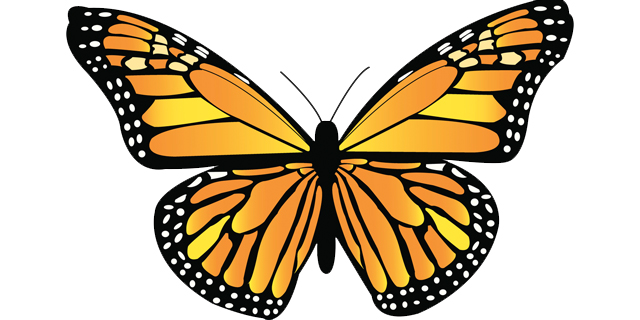Being enrolled in this Chicana/o artist class has helped me evolve as a student because it gave me a different perspective in academia. Meaning we are so used to being taught that the only history that matters is those in traditional academia careers such as lawyers, doctors, engineers, and many others but I was never taught or even encouraged to pursue art. I'm not an artist myself but I do find the beauty in learning about it and even practicing it. After this class I truly believe that you do not have to be an amazing artist to benefit from the beauty it is to draw. When I first saw that we were going to be drawing in the class I did get nervous because I am really bad at drawing. On the other hand just drawing my hands in ASL has brought me so much peace and pleasure in doing. It gives you a break from writing all those papers and reading all the books but just see the beauty in every day lives and able to portray that beauty with a pen and a paper.
In addition, on the first day of class when the professor asked us to write on the board all the artist we knew on the board, I did not know any of them. At the end of these ten weeks I have learned multiple great artist by the help of my classmates and the professor. I have not only been able to learn from these great artist but also be able to see the activism they have done for the Chicanx community and it has inspired me. Whether it was street art, photography, or murals all of their work is very influential and inspiring for me to keep learning and support these great artist because they do not get the recognition that they deserve.



